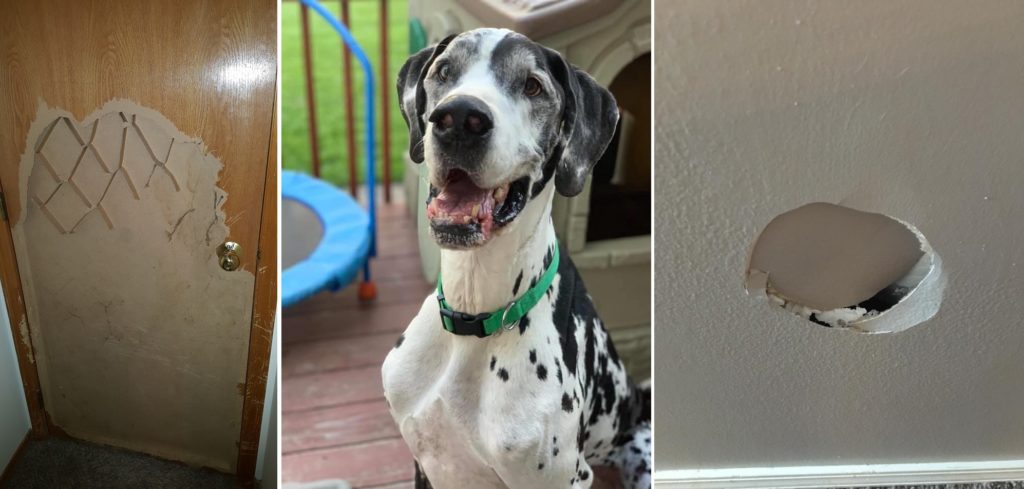Working in a vacuum of leadership can be an incredibly frustrating experience. If you have ever encountered this environment, chances are you can attest to this frustration.
Reasons for a Vacuum of Leadership
Ironically, a leadership vacuum often occurs when effective leadership is needed the most. Times of crisis can often expose the void of leadership or the ulterior motives of a leader. A leadership vacuum can take on several forms:
Absence of Leadership
This leadership vacuum is likely the easiest to spot. A leader simply can’t be found. There can be many reasons for a leader to go MIA.
One of the most common reasons may be our human biology. Vital Smarts researchers found that we often succumb to our natural fight-or-flight instincts when confronted with a crisis. This might be helpful during a hike through the woods. Not as helpful in the workplace.
Leaders that naturally succumb to the flight instinct can go missing when they are needed the most. Even leaders who are still physically present may go silent as a conversation heads toward a crisis or a conflict. Rather than guiding through the crisis, they become paralyzed and ineffective.
Another absence of leadership situation can occur when a leader experiences burnout.
The Peter Principle often increases burnout potential. This principle suggests that organizations will often promote successful employees to positions beyond their expertise. The common scenario is the promotion of a highly effective individual contributor to a leadership position.
Self-Serving Leadership
The second leadership vacuum may be a bit more difficult to spot. In the earlier 2000s, Microsoft (and many others) implemented a performance management system popularized by General Electric CEO, Jack Welch. The approach, known as “stack ranking,” essentially pitted members of the team against themselves. This system provided higher increases to the top performers and often led to disciplinary action for the lowest. While this competitive approach showed some promise in increasing short-term performance, the side effects have had devastating consequences. A leadership vacuum can occur in these environments when competing with peers becomes a priority over leading their teams.
Options to Thrive in a Vacuum of Leadership
Everything can be taken from a man but one thing: the last of the human freedoms—to choose one’s attitude in any given set of circumstances, to choose one’s own way.” – Viktor Frankl
Working in this environment was frustrating. Occasionally we would receive guidance, but most of the time our leader’s focus on his own projects made him inaccessible.
My coworkers and I were becoming more and more frustrated with the leadership vacuum that was forming in our team. We found ourselves working in silos, hoarding information, uncertain of our priorities, and we often showed disrespect for our manager.
Looking back, I am not proud of our actions. The frustration level reached a point where I knew I had to make a change.
Our environment certainly paled in comparison to Viktor Frankl’s atrocities as a prisoner in Auschwitz concentration camps, but we can certainly learn from his experience. We can learn from his response when faced with adversity.
While our environment approached chaos, we did have the ability to control our attitudes. Rather than continue to bash our environment and our absent leader, we could review our options:
1 – Do nothing
On the surface, this may seem like the simplest option. It seemingly requires the least amount of effort. However, in the long run, this option will often make the environment increasingly difficult. Hours, days, or even weeks can be wasted, and frustrations will continue to escalate when no action is taken. This option still requires one action: an attitude adjustment. While some responsibility for a leadership vacuum certainly rests on those in charge, the individuals on the team also have some responsibility. When individuals on a team take responsibility for their attitudes and actions the environment can certainly improve.
2 – Move on
Eventually several on our team chose this second option. They realized their frustration level reached a point that was no longer healthy. They knew they had to move on. As hard as it was to lose members of our team, this can be a catalyst for curing the leadership vacuum. Often the departure of just one frustrated person on a team can completely change team dynamics. The departure of key individuals can also serve as a wake-up call for the absent leader.
3- Support our Leader
The success of the third option can vary significantly depending on the willingness of the absent leader to accept feedback. If the absent leader has the willingness to accept feedback and use that feedback to grow, the leadership vacuum can often be repaired. It is not uncommon for new leaders to become so focused on a specific area of their job, they don’t realize the vacuum they are creating.
4 – Step-up
The success of the last option will vary significantly depending on the motives of the person willing to step up into the leadership vacuum.
When Jim Collins and his research team analyzed the long-term success of 1,435 companies, they found a consistent pattern in 11 companies (5). These 11 companies transitioned to greatness over a 15-year period where their stock returns averaged 6.9 times higher than the rest of the market. Collins identified several factors that lead to greatness. One of the most intriguing factors were the leaders of the Good to Great companies. The leaders of each of the 11 companies had the combination of 2 characteristics: humility and an iron will. They had a fierce resolve to accomplish anything set in front of them, but their drive to succeed was never about themselves.
When faced with the reality of a leadership vacuum, the last option is to step up as a leader. This stepping up likely will not involve a promotion or a title change. It simply involves walking those around you through the steps necessary to accomplish the mission at hand. The success of this last option will hinge on your ability to step up without worrying about the recognition you may or may not receive.
Fill the Vacuum of Leadership
Are you experiencing the frustration of a leadership vacuum? I encourage us to take a step back and see if our attitudes and actions are contributing to the frustration. I encourage us to step into the leadership void and walk ourselves and others towards the mission, even if someone else may get the credit.
Are you ready to fill a vacuum of leadership and develop as a leader?




